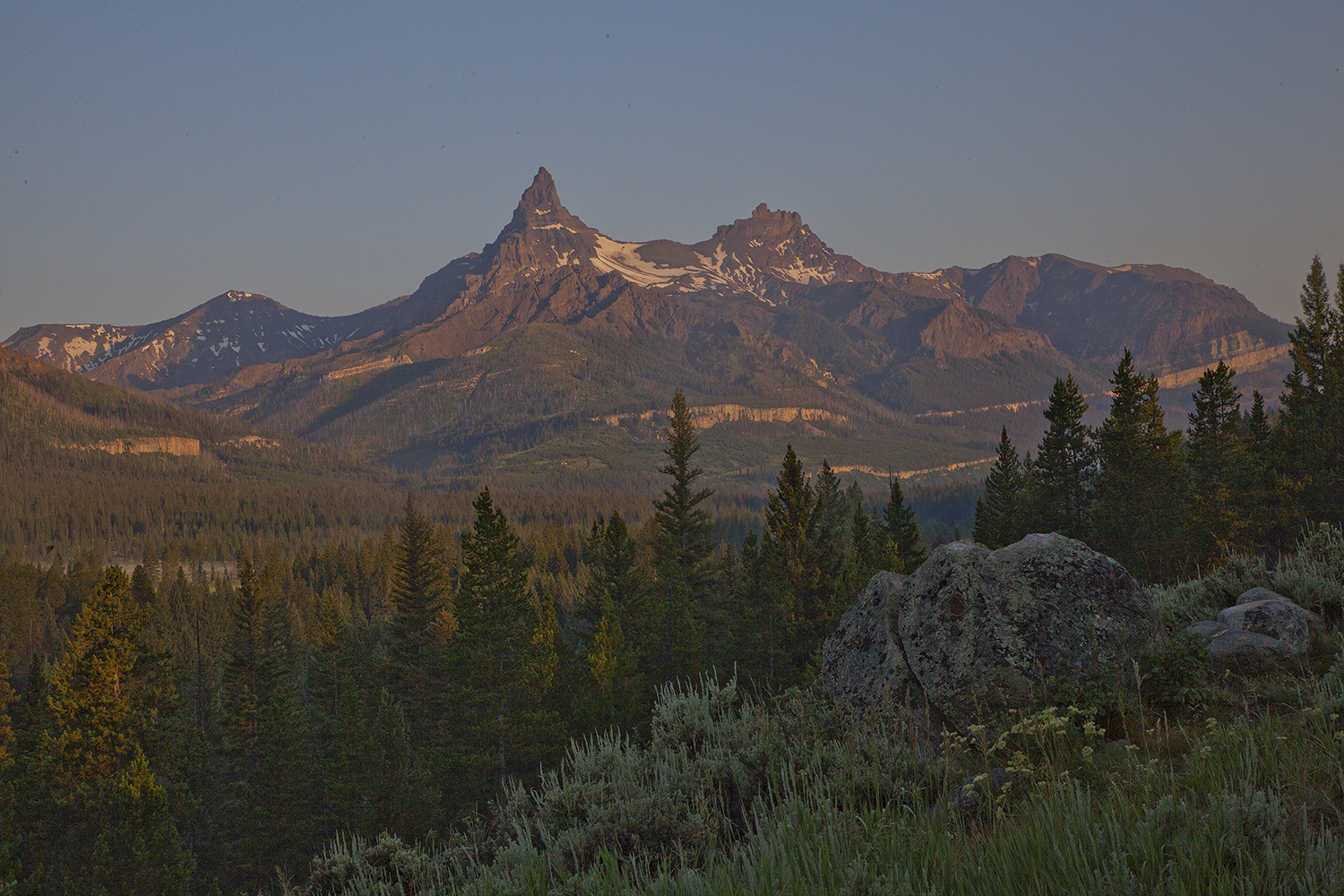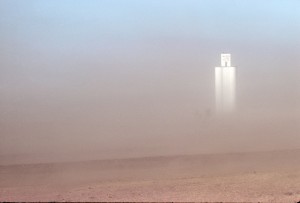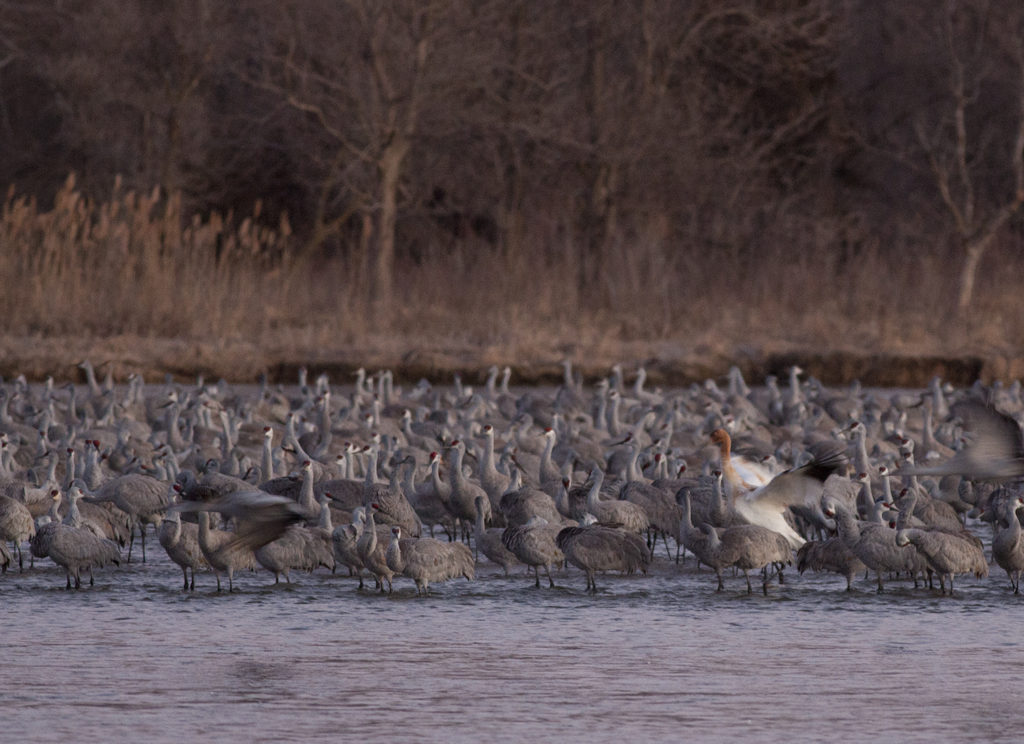Rebirth

Pilot and Index peaks in the Absaroka Wilderness in northwestern Wyoming. (Photo copyright 2018 by Chris Madson, all rights reserved)
AT ITS HEART, COMMUNICATION REQUIRES TWO THINGS: SOMEONE TALKING AND SOMEONE WILLING TO LISTEN. A PARTICULARLY artful communicator may beguile a few more passersby to join the audience in the tent, but in the end, a message won’t catch fire until a large audience is ready to embrace it.
This has certainly been true of the messages that have transformed the American view of some of the most important ethical debates of the last century. Progress toward a higher moral ground hasn’t proceeded in steady linear fashion; instead, it has languished while a tiny minority of messengers strove to convert the majority, largely without success, until one day, the public finally decided to listen, and the nation changed its mind about values as profound and intensely held as whether a woman should have the right to vote, whether a black person has a right to equal treatment in society, whether homosexual couples should be allowed to marry, whether a factory should be allowed to poison its neighbors.
Sometime in the last forty years, Americans decided to stop listening to warnings of environmental deterioration. While I think they were mistaken in much of their analysis, Shellenberger and Nordhaus may have laid their finger on one factor that contributed to this retreat. With the advent of federal agencies like the EPA and a panoply of laws to protect the environment, the public may have felt justified in turning over the details of environmental protection to the professionals in government and the private sector.
It’s also possible that we’ve been fortunate enough to enjoy a respite of sorts— in the last forty or fifty years, we’ve been largely spared the kind of environmental catastrophes that reminded past generations of Americans that what happens in the natural world has a direct effect on people. To the casual observer, the state of our continent at the end of the twentieth century was reasonably good: There were deer in most suburban backyards,
geese on the golf courses, wild turkeys in the woodlots, trees on the hillsides, fish in the lakes. The brown clouds that had hung over most urban centers through the 1950s and 1960s had largely dissipated; the alarm over the effects of DDT and other organochlorine pesticides had subsided, and out in wheat country, the nightmare memory of the Dirty Thirties had faded away with the generation that caused it and lived through the aftermath. It was easy to believe that, if the war between Americans and the environment wasn’t over, then it had at least reached some sort of détente.
So it seems to me that the general public declared victory and went home. That left two small interest groups— the heirs of the robber barons and the heirs of Aldo Leopold— locked in battle while ninety percent of Americans were otherwise occupied. It’s a measure of the moral power of the environmental message that more hasn’t been lost in the resulting vacuum.
It’s certainly legitimate to insist, as Shellenberger and Nordhaus have insisted, that the supporters of a sustainable human relationship with the environment do everything they can to perfect their message and deliver it to the greatest possible number of people. However, the audience has to be ready to hear that message before it will take effect. And here, I find the tiniest cause for optimism.
The conservation/environmental movement of the nineteenth and early twentieth centuries was largely a response to a succession of catastrophes. Then— and now— we’re at our best when our backs are against the wall, and when it comes to the state of our environment, we’re cozying up to the wall again.

A modern dust storm on the High Plains of Kansas. (Photo copyright 1995, Chris Madson, ell rights reserved)
Consider 2017— hurricanes, huge wild fires, a punishing drought, devastating hailstorms. In the contiguous forty-eight states alone, extreme weather did $387 billion in damage and claimed 283 lives. And, while it can be argued that there is no incontrovertible proof that any one of these weather events was caused or made worse by the climate change we’ve created, nearly any expert will tell you that they are exactly what he expects as the planet gets warmer.[i]
In 2018, the southwestern quarter of the nation continued to suffer through an epic drought, a dry spell so severe that the federal Bureau of Reclamation warned that it is “one of the worst drought cycles over the past 1,200 plus years” in the Colorado River basin, source of water for millions of people and some of the nation’s most productive cropland.[ii] Authorities are expecting yet another “above normal” wildfire season in the West[iii], a prediction that has come to pass in California, and south Texas is up to its chin in floodwater— again.[iv]
Where’s the good news in all this? In an especially perceptive article for the Annual Review of Political Science last year, Stanford sociologist Doug McAdam took a hard look at the anemic American response to climate change and pointed out that stimulating real action will require more than instilling an understanding of the problem; it will require an emotional response. “The relevant mobilizing emotions are anger at a perceived injustice, or fear at a perceived threat, and hope that the injustice or threat can be redressed through collective action. . . . The combination of anger and hope has proven to be a powerful motivator in many successful movements.”[v]

Whooping crane among sandhill cranes on Nebraska’s Platte River. (Photo copyright 2017, Chris Madson, all rights reserved)
I think we’re beginning to see that combination— the litany of loss of life and property to extreme weather; the continuing problems with air and water pollution; a spreading shortage of fresh water; the ongoing decline in numbers of economically important fish like Pacific salmon[vi] and Atlantic cod,[vii] blue marlin[viii] and bluefin tuna[ix]; loss of crucial pollinators; dwindling numbers of popular game animals, from bighorn sheep to bobwhite quail; and even the scarcity of well-loved songbirds are beginning to generate a wide-reaching feeling of anxiety and anger. The evidence continues to accumulate, and it is as disturbing as it is compelling. We haven’t really solved several of the major environmental problems that have haunted us for generations, and we’re facing a new problem in climate change that may be the most profound threat to humanity in our history as species. The cost, inconvenience, and ultimately suffering these problems produce will spiral upward steadily until we respond effectively.
In short, I think the environment will demand America’s attention even more emphatically than it did a century ago. And we will act as our grandparents and great grandparents acted to preserve what we need . . . and what we love.
We’ve already lost many things that might have been of use to us or given us pleasure, and the hard ecological truth is that we’ll lose many more, no matter how quickly we respond to the circumstances we face. That’s the price we pay for waiting until the crisis to act.
But I think the condition of our environment is about to reclaim its place near the center of our political and social discourse. With some luck and an outpouring of innovation, technology should help ease our way forward, but technology alone won’t be enough. We’ll need a renewed commitment to an ethical code, a part of our shared heritage that has been neglected in recent decades. For that, we could do worse than turn back to Leopold: “A thing is right when it tends toward the integrity, stability, and beauty of the biotic community.” Words for our future . . .
[i] Madson, Chris, 2018. The price of procrastination. The Land Ethic. https://www.thelandethic.com/?p=323.
[ii] Aaron, Patti, 2018. Another dry year in the Colorado River Basin increases the need for additional state and federal actions. Bureau of Reclamation release, May 9, 2018. https://www.usbr.gov/newsroom/newsrelease/detail.cfm?RecordID=62170. Accessed June 24, 2018.
[iii] National Interagency Coordination Center. National Significant Fire Potential Outlook. https://www.predictiveservices.nifc.gov/outlooks/outlooks.htm. Accessed June 24, 2018.
[iv] Hughs, Trevor and Doyle Rice, 2018. Days of torrential rain lead to Texas’ worst flooding since Hurricane Harvey. USA Today, June 21, 2018. https://www.usatoday.com/story/news/nation/2018/06/21/texas-floods-heavy-rains-inundate-areas-hard-hit-hurricane-harvey/721598002/. Accessed June 24, 2018.
[v] McAdam, Doug, 2017. Social movement theory and the prospects for climate change activism in the United States. Annual Review of Political Science 20: 189-208.
[vi] NOAA, 2014. Pacific salmonids major threats and impacts. http://www.nmfs.noaa.gov/pr/species/fish/salmon.html. Accessed June 24, 2018.
[vii] Lavelle, Marianne, 2015. Collapse of New England’s iconic cod tied to climate change. Nature, October 29, 2015. http://www.sciencemag.org/news/2015/10/collapse-new-england-s-iconic-cod-tied-climate-change. Accessed June 24, 2018.
[viii] Collette, B. et al, 2015. Makaira nigricans, Blue Marlin. The IUCN Red List of Threatened Species 2011.
[ix] Pacific Bluefin Tuna Working Group, 2016. 2016 Pacific Bluefin Tuna Stock Assessment. International Scientific Committee for Tuna and Tuna-like Species in the North Pacific Ocean. July 2016.

Leave a Reply
You must be logged in to post a comment.